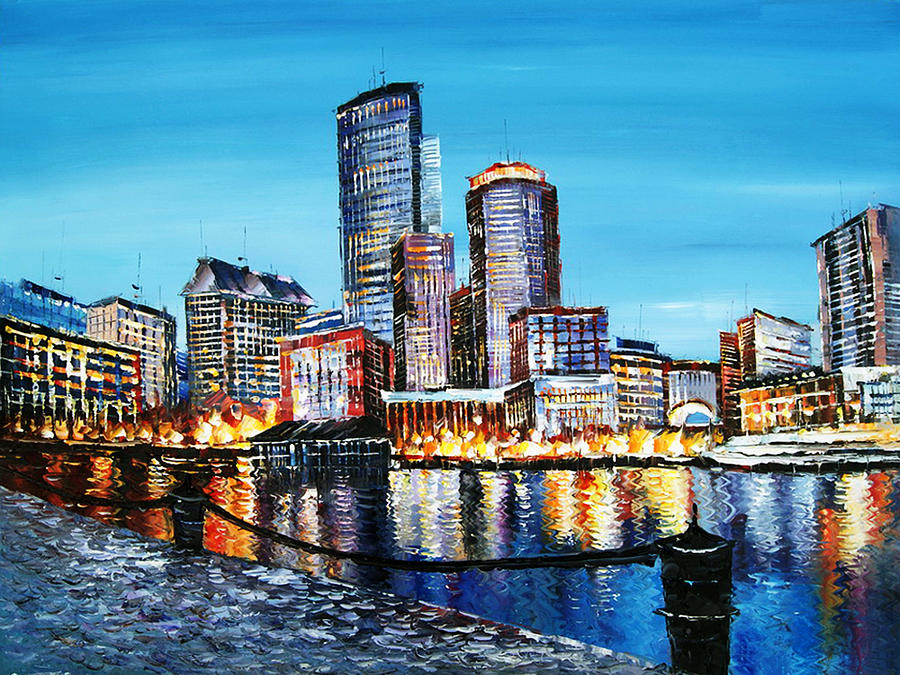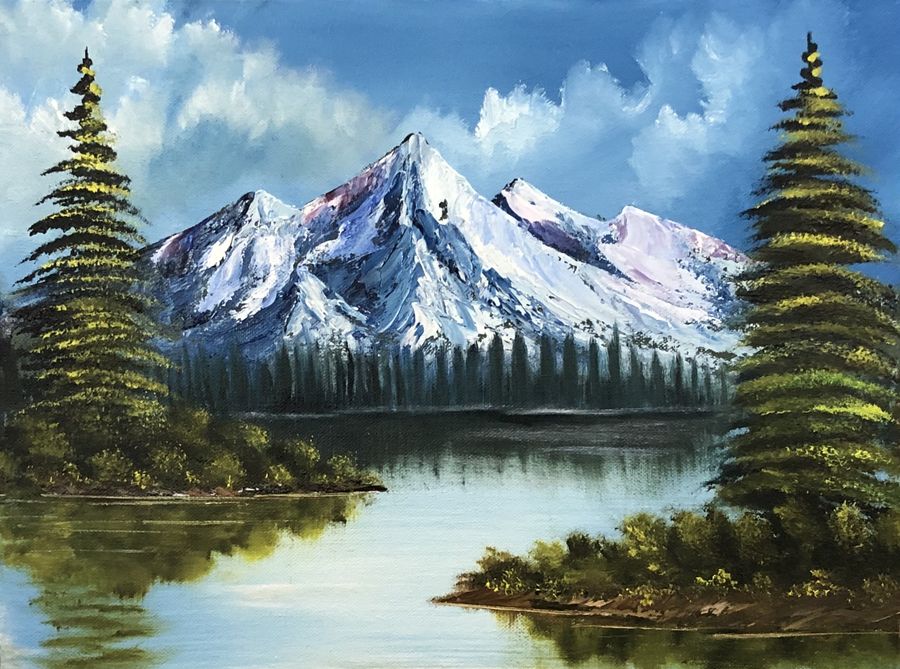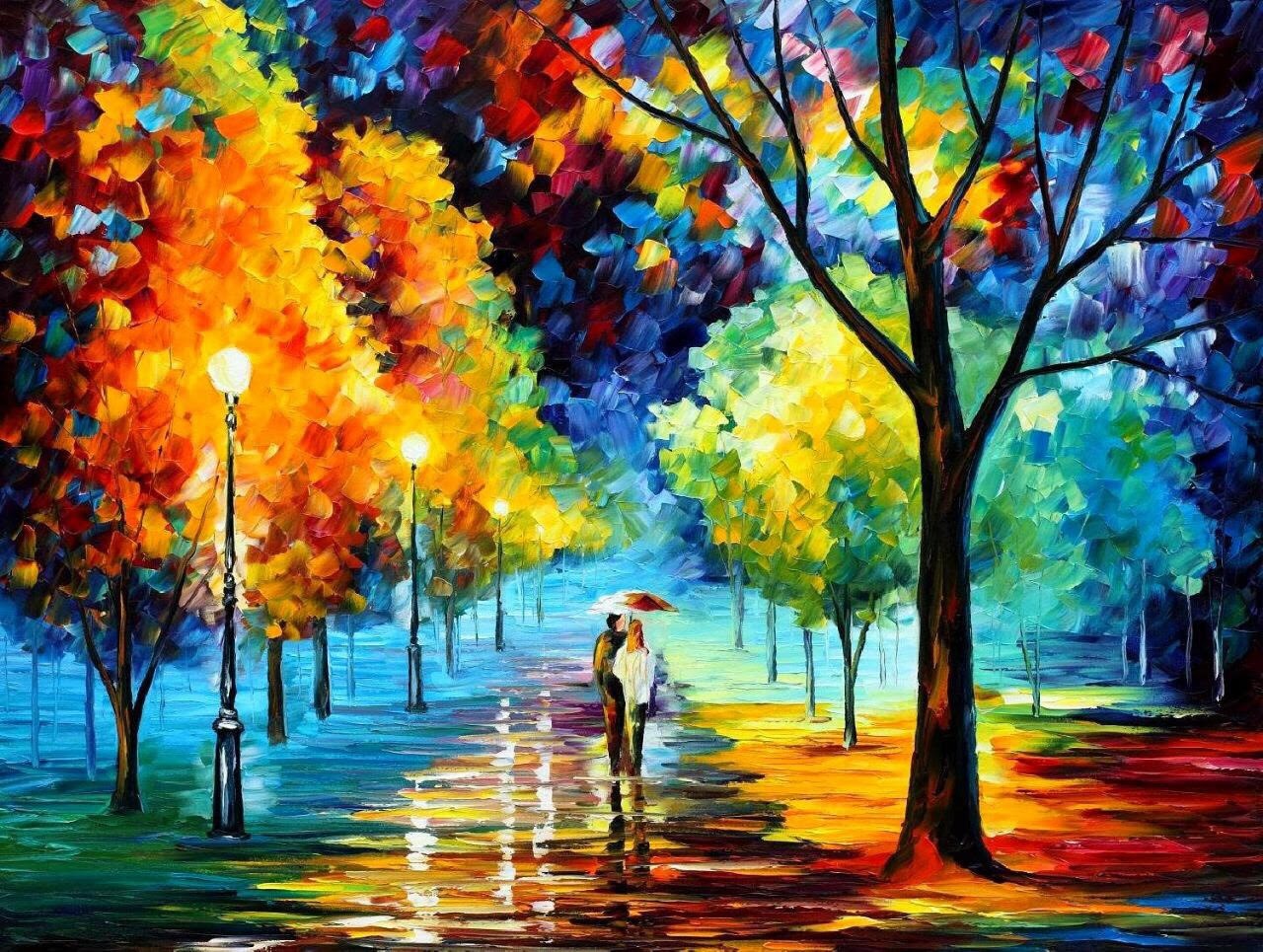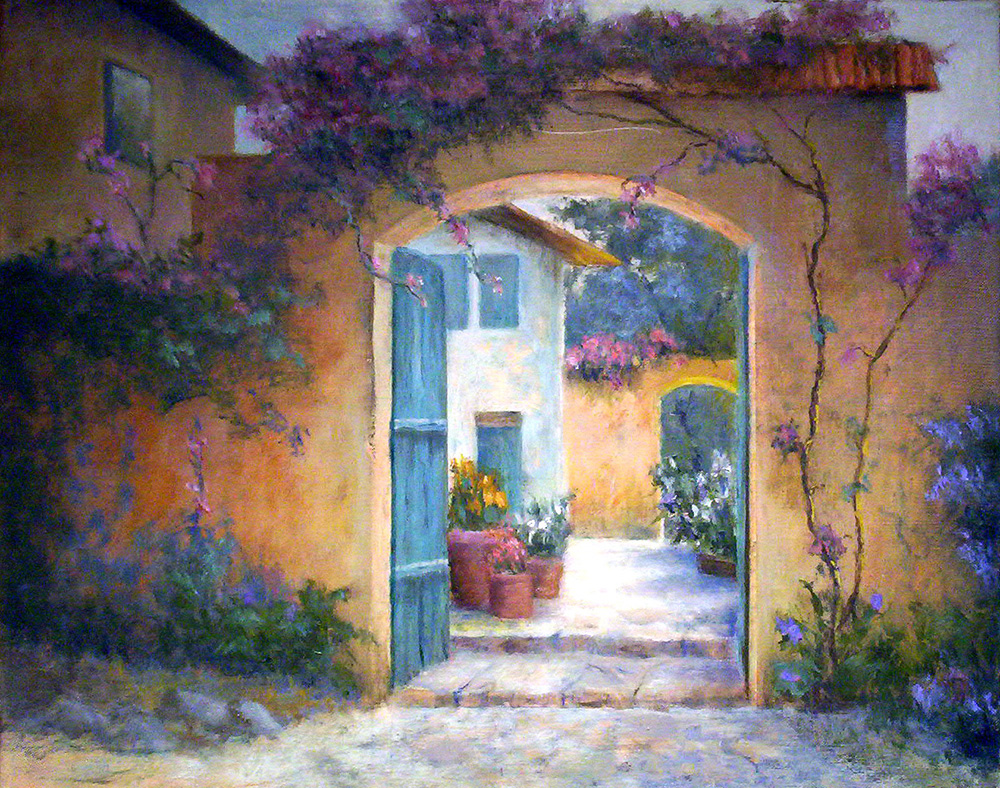When it comes to interior design, homeowners are constantly seeking innovative ways to combine aesthetics and functionality. One such creative solution gaining popularity in residential spaces is polished concrete floors. Far from being a plain and utilitarian choice, polished concrete floors have emerged as an expressive art form, transforming living spaces into visually stunning and practical works of art. Explore how polished concrete floors blend beauty and functionality, becoming a captivating expression of art within residential environments.
Seamless Integration of Form and Function
Polished concrete floors exemplify the perfect union of form and function. Initially used in industrial spaces, this flooring option has evolved to complement contemporary residential design. The process involves grinding and polishing the concrete surface to a smooth and lustrous finish, resulting in a seamless, mirror-like appearance. Beyond its sleek aesthetics, polished concrete floors offer numerous practical benefits, including durability, low maintenance, and resistance to stains and spills. This harmonious blend of aesthetics and functionality ensures that homeowners not only enjoy a visually striking floor but also a practical surface that can withstand the demands of everyday life.
Endless Design Possibilities
One of the most appealing aspects of polished concrete floors is their versatility and adaptability to various design styles. Homeowners can choose from a wide range of colors, finishes, and decorative techniques to personalize their space. For a minimalist and contemporary look, a high-gloss finish in shades of gray or white can create a sleek and modern ambiance. Alternatively, decorative patterns, stains, or dyes can be applied to add character and visual interest. With the ability to mimic the appearance of luxurious materials like marble or granite, polished concrete floors offer a cost-effective solution to elevate the aesthetics of any residential space.
Reflective Beauty and Light
The glossy finish of polished concrete floors enhances the play of light, adding a sense of depth and dimension to the living environment. The reflective surface creates a captivating visual effect, as natural or artificial light bounces off the floor, illuminating the room and creating an illusion of spaciousness. This reflective quality also amplifies the impact of other design elements within the space, such as furniture, artwork, or architectural features. The interplay between light and the polished concrete floor infuses the room with an enchanting atmosphere, making it a stunning backdrop for everyday living or social gatherings.
Sustainable and Eco-Friendly
In an era where environmental consciousness is increasingly important, polished concrete floors offer an eco-friendly flooring option. Concrete is a natural and abundant material, making it a sustainable choice. Additionally, the polishing process does not require the use of harsh chemicals or coatings, reducing the impact on indoor air quality. Furthermore, the thermal properties of polished concrete allow for passive heating and cooling, enhancing energy efficiency in residential spaces. By opting for polished concrete floors, homeowners can contribute to a greener future while enjoying the beauty and functionality of their living spaces.
Polished concrete floors in residential spaces have evolved beyond their industrial origins to become a captivating expression of art. With their seamless integration of form and function, endless design possibilities, reflective beauty, and sustainability, polished concrete floors elevate the aesthetics of living environments. By choosing this innovative flooring option, homeowners can transform their spaces into artful expressions that combine beauty, practicality, and environmental responsibility.

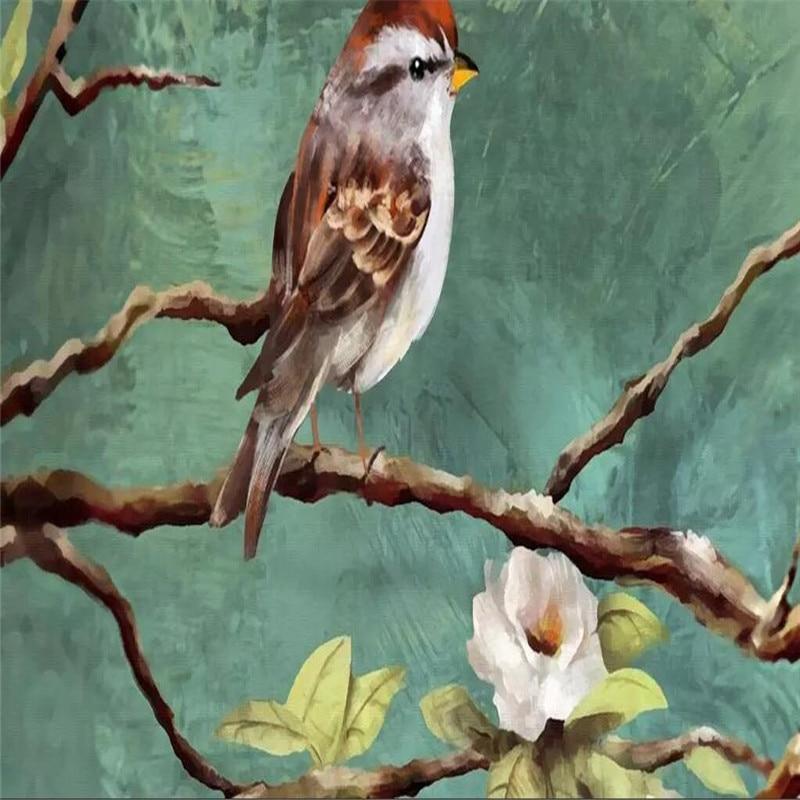



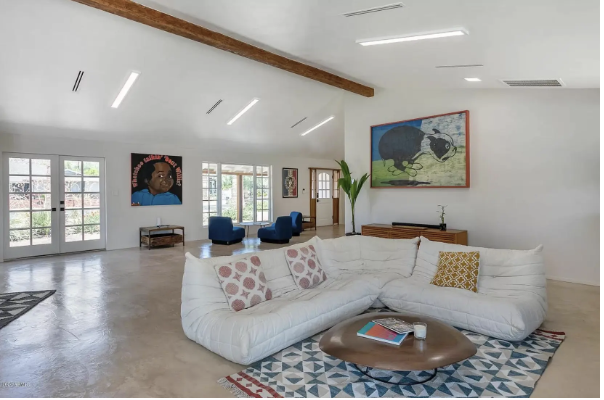
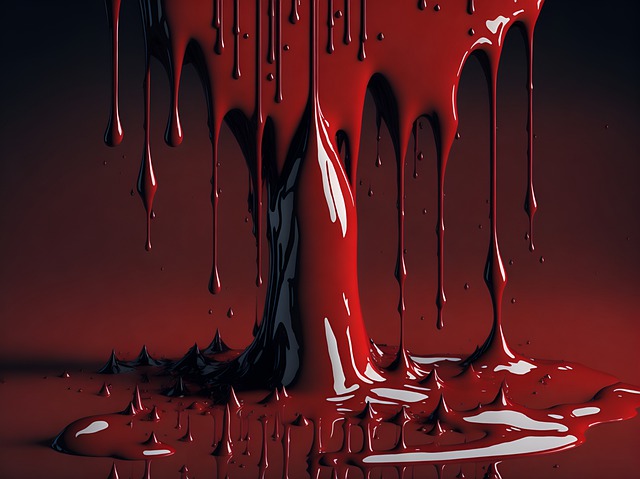

 One of the pieces of unique art that truly amaze me. Standing next to the ocean and feeling the ocean breeze smelling that fresh, salty ocean air while observing a beautiful and intricate sand sculpture may be one of life’s greatest pleasures. We are talking intricate and chiseled sculptures depicting anything and everything your imagination can think up. In fact, this type of art has gained so many spectators that on Tybee Island they actually hold a Sand Arts Festival.
One of the pieces of unique art that truly amaze me. Standing next to the ocean and feeling the ocean breeze smelling that fresh, salty ocean air while observing a beautiful and intricate sand sculpture may be one of life’s greatest pleasures. We are talking intricate and chiseled sculptures depicting anything and everything your imagination can think up. In fact, this type of art has gained so many spectators that on Tybee Island they actually hold a Sand Arts Festival. 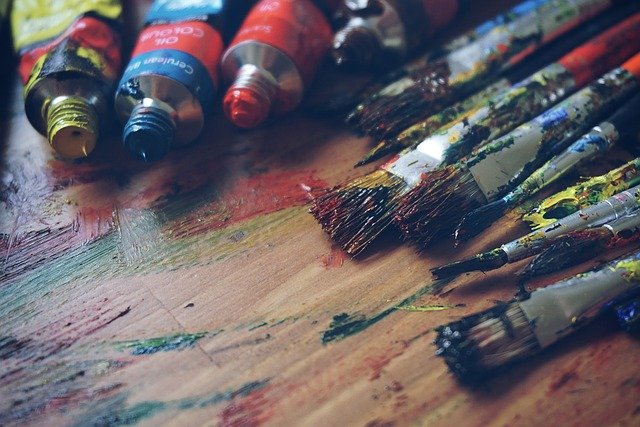
 makes drying time a very long process. It takes time to produce the artwork you desire when utilizing oil paints and some oil paint mediums can be filled with toxic ingredients which should also be taken into account. Oil painting does produce the richest colors and is one of the most popular forms of paint utilized.
makes drying time a very long process. It takes time to produce the artwork you desire when utilizing oil paints and some oil paint mediums can be filled with toxic ingredients which should also be taken into account. Oil painting does produce the richest colors and is one of the most popular forms of paint utilized.
